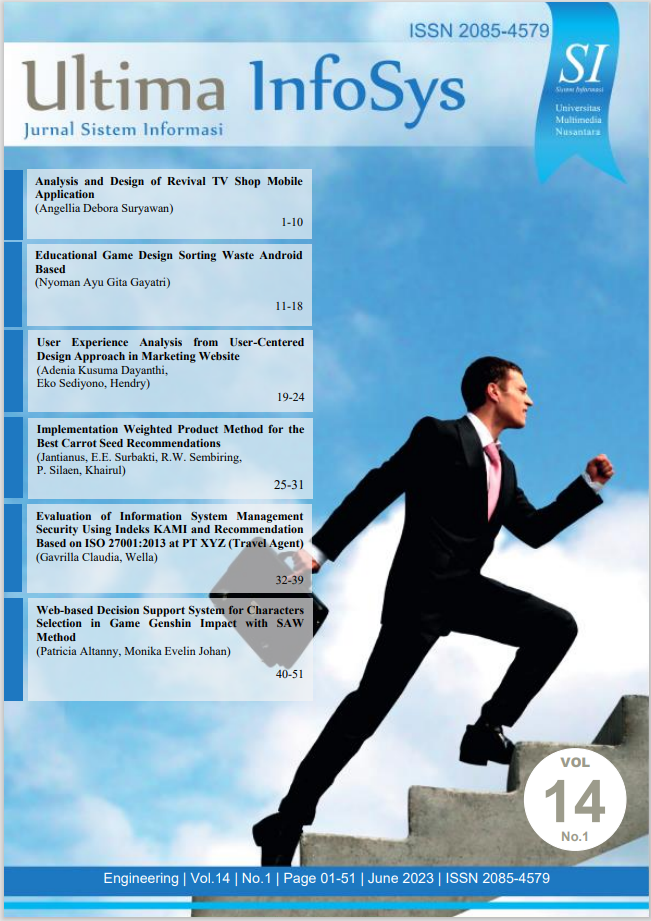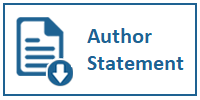DESIGN OF AN EDUCATIONAL GAME SORTING WASTE ANDROID BASED
DOI:
https://doi.org/10.31937/si.v14i1.3113Abstract
Educational game is a learning media that is educating, where the media can encourage students to think creatively and carry out activities with fellow students in playing games in learning activities. Educational games are very interesting to develop, there are several advantages of educational games compared to conventional educational methods, one of the main advantages of educational games is the visualization of real problems. Based on the pattern belongs by the game, players are required to learn so they can solve existing problems. With these developments, it can be used as children's learning to introduce waste, which many still do not understand in terms of sorting organic and non-organic waste. environment and add value to the waste itself. The current waste problem is getting more and more unavoidable. It will be more complex if it continues to be left unchecked. The education carried out starts from early childhood with the aim of instilling a pattern of cleanliness and discipline in disposing of waste. This educational game based on Android is supported by smartphone technology that is growing rapidly. This game can be used as an alternative medium of learning in Early Childhood Education in changing conventional learning methods into learning simulation games, so as to develop the children's creativity, because educational games have elements of challenge, accuracy, reasoning and ethics. Currently, smartphones are also equipped with many new facilities that allow users to do many things. Smartphones have also been equipped with operating systems such as Android. Android is an operating system for Linux-based Mobile devices that includes an operating system, middleware, and applications. Android provides an open platform for developers to create their own applications for use by various mobile devices.
Keyword : Educational games, waste, Early Childhood Education
Downloads
Additional Files
Published
How to Cite
Issue
Section
License
Authors retain copyright and grant the journal right of first publication with the work simultaneously licensed under a Creative Commons Attribution-ShareAlike International License (CC-BY-SA 4.0) that allows others to share the work with an acknowledgement of the work's authorship and initial publication in this journal.
Authors are able to enter into separate, additional contractual arrangements for the non-exclusive distribution of the journal's published version of the work (e.g., post it to an institutional repository or publish it in a book), with an acknowledgement of its initial publication in this journal.
Copyright without Restrictions
The journal allows the author(s) to hold the copyright without restrictions and will retain publishing rights without restrictions.
The submitted papers are assumed to contain no proprietary material unprotected by patent or patent application; responsibility for technical content and for protection of proprietary material rests solely with the author(s) and their organizations and is not the responsibility of the ULTIMA InfoSys or its Editorial Staff. The main (first/corresponding) author is responsible for ensuring that the article has been seen and approved by all the other authors. It is the responsibility of the author to obtain all necessary copyright release permissions for the use of any copyrighted materials in the manuscript prior to the submission.















